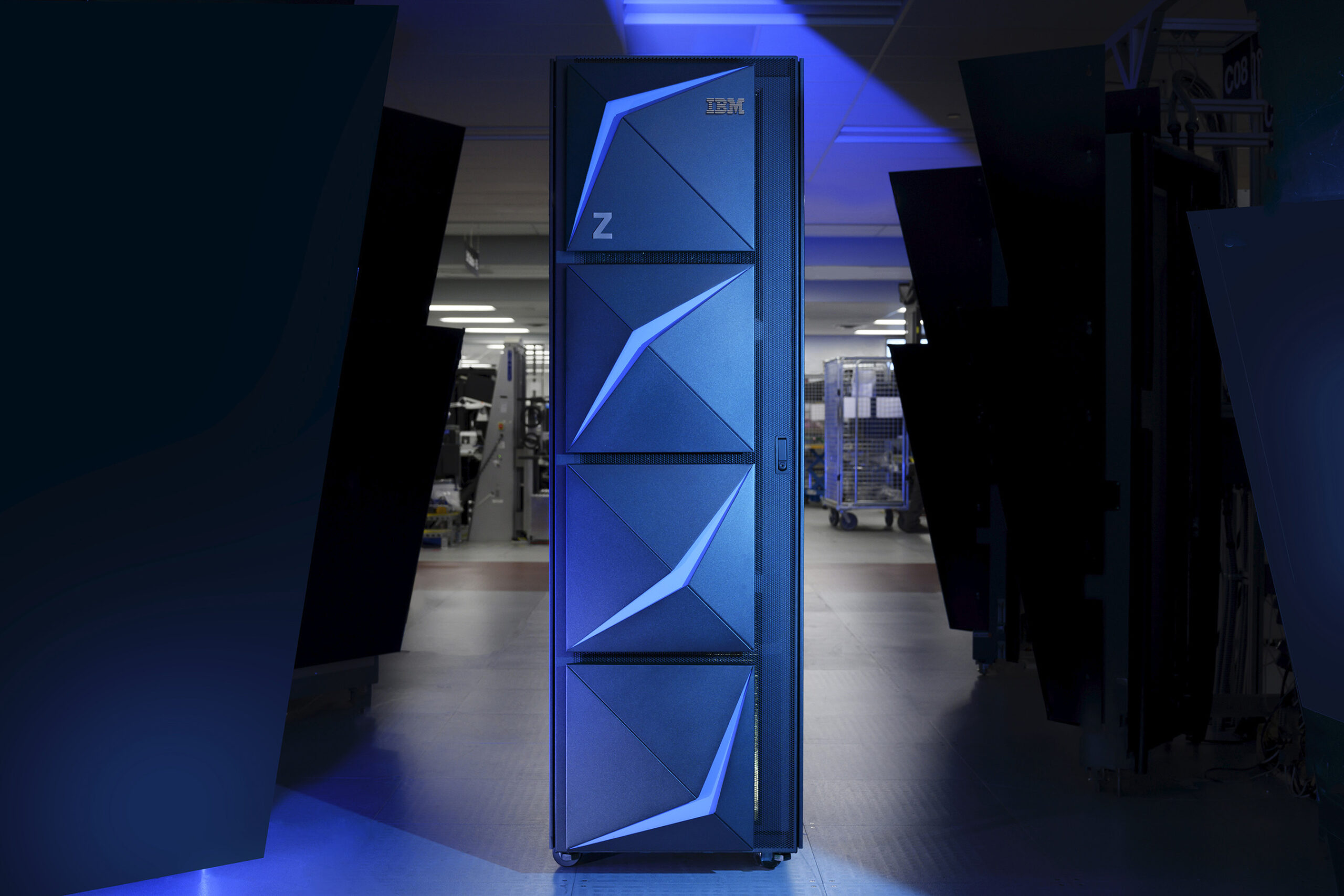Earlier this month IBM announced the launch of its mainframe z/OS on IBM Cloud, raising the once-improbable prospect of Z-as-a-service. While production-level IBM Z cloud may be some way off, Tarun Chopra, VP for IBM Z Hybrid Cloud, confirmed the Wazi-as-a-Service version of its dev environment is running on native Z hardware.
“This is really a dev test cloud service running on IBM Z hardware. So it's all Z hardware, there is no emulation from an Intel perspective,” Chopra told The Stack. “You can provision a z/OS environment in less than five minutes. And the performance is 15x faster than the comparable solutions that are in the market for dev test environments.”
The speed and capacity is important, as Chopra noted one of the mains issues users have with IBM’s ZD&T environment, which emulates z/OS on x86 hardware, is its poor performance, particularly for heavy Java loads. By offering easily-provisioned native Z instances, IBM aims to offer a much-improved development and testing environment for current (and potential) Z customers compared to ZD&T or its cloud-based Z Trial service.
See also: IBM reports its best growth in a decade as transformation kicks in
Wazi-as-a-service follows all IBM Cloud’s standards and protocols, and can be provisioned in the same way as any other cloud environment as part of IBM’s virtual private cloud infrastructure. Chopra said the firm was also working on making its Z services FS Cloud enabled, meaning they would be suitable for use by clients in heavily regulated industries such as financial services.
Currently the service is only available as a “closed experimental”, being used by what Chopra describes as “more than a handful of clients” to test the service’s capabilities. IBM plans to launch the cloud-based Z dev test environment in the second half of 2022.
As for the prospects of a full production-ready Z-as-a-service offering from IBM Cloud, Chopra indicated it was possible, but not on the firm’s current roadmap.
“From a technology perspective, we can see our path through it… This is a good proof point of how z/OS iteration will look like in a public cloud environment,” he said.
“But a lot of our clients are cognisant of the production workloads, the SLAs, reliability and availability, and what they're used to from the mainframe platform. So I will say, currently, we don't have any concrete paths for this. But it all depends on the client's feedback, the pain points.”
The current cloud dev test environment will offer a standard z/OS image, and also allow clients to use their own images, in order to allow work which might otherwise require resources on their production environments.
“Mainframe by nature in a client's environment is a very precious commodity, In the sense a lot of mission critical work runs there. So finding LPARs, finding images to go do early development, testing sometimes can be painful. So we are going to attack that specific pain point, to drive more agility on the platform,” said Chopra.
Z hardware is now in several IBM Cloud datacentres in the US, along with London, Tokyo and Sao Paolo, with plans to roll it out to other regions in due course, according to Chopra.
Alongside Wazi aaS, IBM also said its Z and Cloud Modernisation Stack would be generally available from 15 March, to support IT automation and modernisation of mainframe applications.









